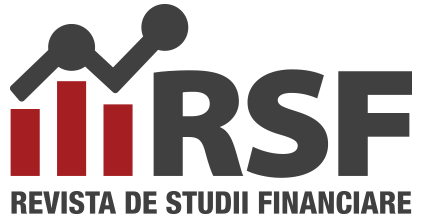Author: Drd. Costin Andrei ISTRATE
Vol. 5 • No. 8 • May 2020
Abstract
The application since 2005 of the Financial Reporting Standard 4 - Insurance Contracts (International Financial Reporting Standard 4-IFRS 4) has brought through its objectives, improvements, clarifications, but also requirements regarding the detailed financial presentations of the respective contracts. However, this standard was only a first phase of a larger project to address insurance and to present insurance contracts in the financial statements, being only an interim standard, which allowed insurance companies a new, high-quality framework of the use of different specific accounting practices . This application, accompanied by the fact that the standard does not address issues related to the accounting and presentation of financial assets held and financial liabilities issued by insurers, has made it increasingly difficult to understand and compare the results reported by insurance companies for different end-users.
On the other hand, the application of 2016 as the first year of reporting of the Solvency II Directive by the European insurance market, led most players in this market to take additional measures in relation to the management of balance sheet assets and liabilities, with the risks assumed in the eligibility of own funds and not on the least, the investment policy.
Consequently, the appearance in March 2017 of the new Financial Reporting Standard 17 - Insurance Contracts (International Financial Reporting Standard IFRS 17), applicable from January 1, 2021, brings significant changes, the new standard proposed to treat into a unitary way the insurance contracts, regardless of the applicable jurisdictions, while assuring the users of the financial statements of the effect that the contracts in question have the quality and relevance of the financial position and performance, as well as of the cash flows.
The present study aims to analyze on the one hand how the new IFRS 17 harmonizes with the evaluation and reporting methods imposed by Solvency II but also the specific treatment and preparatory measures adopted by the main players of the European insurance market, in this transition period in financial reporting in this industry .
Keywords: IFRS 4, IFRS 17, Solvency II, differences between IFRS and Solvency II, IFRS versus Solvency II, impact of IFRS 17, comparisons between IFRS 4 and IFRS 17.
JEL classification: G22, M41, G28, G32
